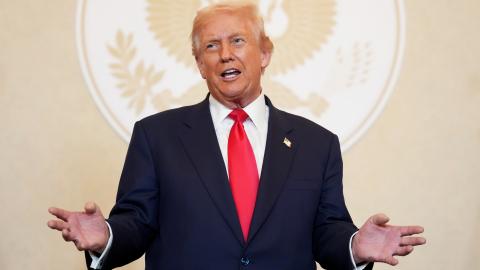Letter to the Editor
Sir, Your Seasonal Appeal article "Focus on a brighter future" (November 21) could not have been published at a more auspicious time for those that have been so long in the public shadow combating preventable blindness in the developing world. Last week, the Hudson Institute delivered its draft research white paper on neglected tropical diseases (NTDs) to the Sabin Vaccine Institute. Of the NTDs, two addressed preventable blindness: trachoma and river blindness. Never since the eradication of smallpox has the global health community been able to declare an end point to their interventions: trachoma has been eliminated in six countries, and river blindness in 13 countries. In July 2011, the World Health Organization declared that with a new drug available to treat river blindness, moxidectin, "river blindness may cease to be a public health problem".
A signature feature of these programmes is public-private partnerships, working collaboratively with bilateral and multilateral agencies, civil society groups such as Sightsavers, and governmental institutions in the affected countries. For instance, in the elimination of river blindness through the Onchocerciasis Control Programme, 99 per cent of field personnel were Africans – and every OCP director was an African.
Whether it is Standard Chartered, or the UK government, or groups like Sightsavers, be it known that their support for global programmes of preventable blindness leads to the eventual elimination of these diseases at pennies per person treated relative to all other donor-sponsored health interventions – truly the best buy in global public health.













